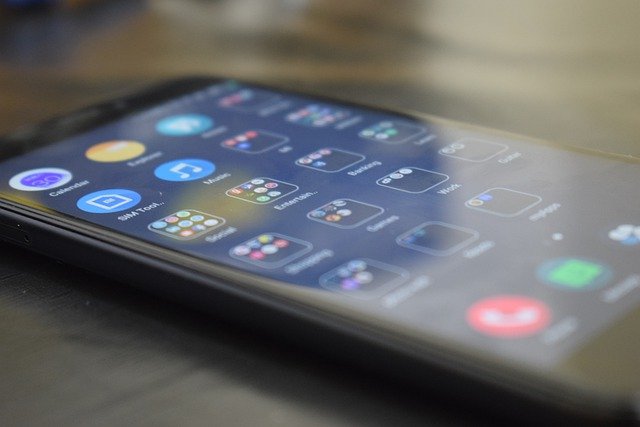The Impact of Real-Time Transcription on Live Events and Broadcasting
Real-time transcription has become a game-changer for live events and broadcasting. Whether it’s a global conference, a sports broadcast, or a virtual webinar, providing accurate, real-time text for spoken words enhances accessibility, audience engagement, and overall user experience. With the introduction of AI to many industries, human vs ai transcription services have become a focus for many. As industries continue to embrace real-time transcription services, its transformative effects are becoming increasingly evident.
Enhancing Accessibility
Real-time transcription is critical for making live events and broadcasts more inclusive. Converting speech into text instantly ensures that individuals with hearing impairments can participate and engage effectively. This feature is particularly vital in educational and professional events, where accessibility is not just a preference but a requirement. Moreover, real-time transcription helps bridge language barriers. Paired with translation tools, it allows audiences from diverse linguistic backgrounds to follow the content seamlessly. This inclusivity expands the reach of live events, making them accessible to global audiences.
Boosting Audience Engagement
In live broadcasting, clarity is essential to keep audiences captivated. Real-time transcription enhances engagement by providing text that complements the spoken word. Viewers can follow along easily, even in noisy environments or situations where audio might be unclear. For instance, live captions in sports broadcasts enable fans to stay updated on commentary, fostering a deeper connection to the game. Similarly, attendees can refer to live transcriptions during virtual conferences or webinars to ensure they grasp key points, even if they miss audio parts.


Supporting Content Creation and Repurposing
Real-time transcription simplifies the process of creating supplementary content. The transcripts generated during live events can be repurposed into blogs, social media posts, or detailed reports, extending the event’s value beyond its initial broadcast. Additionally, these transcripts provide a searchable archive, making it easy for users to revisit specific event sections. This feature is particularly beneficial for educational webinars and corporate meetings, where accurate records are essential for follow-up actions.
Improving Event Efficiency
Live transcriptions streamline event management by reducing reliance on manual note-taking and documentation. Organizers and participants can focus on the discussion, knowing that an accurate textual record is being created in real-time. In broadcasting, real-time transcription aids producers in coordinating live segments and ensuring that spoken content aligns with visual elements. This alignment improves the overall quality of the production and minimizes errors.
Driving Compliance and Accountability
Compliance with regulations and transparency standards is non-negotiable in sectors such as legal, healthcare, and corporate events. Real-time transcription ensures that every spoken word is documented, providing a verifiable record of the proceedings. This documentation supports accountability, particularly in public broadcasts or sensitive discussions. Transcripts serve as evidence, reinforcing the credibility and integrity of the event.
Challenges and Innovations
While the benefits of real-time transcription are clear, implementing it comes with challenges. Factors such as speech clarity, background noise, and diverse accents can affect accuracy. However, artificial intelligence (AI) and machine learning advancements are addressing these issues. Modern transcription tools leverage AI to recognize and adapt to different voices, accents, and contexts. They also integrate noise-cancellation technologies to improve clarity. As these innovations continue, the accuracy and reliability of real-time transcription will only improve.


Future Prospects
The future of real-time transcription lies in its integration with other technologies. For example, combining transcription with augmented reality (AR) could enable live captions to appear directly within an AR environment, enhancing immersive experiences. Additionally, as 5G networks expand, the speed and efficiency of real-time transcription will improve, making it more accessible for live events of all sizes and complexities.
Conclusion
Real-time transcription revolutionizes live events and broadcasting by enhancing accessibility, boosting audience engagement, and supporting efficient content creation. Its ability to adapt to diverse industries and applications ensures that it will remain an essential tool for the future of communication. As technology continues to evolve, real-time transcription will play a pivotal role in shaping more inclusive, engaging, and efficient live experiences for global audiences.































































